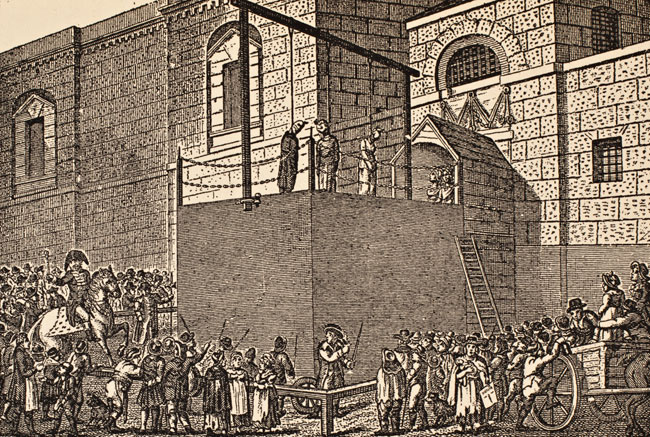The paper I wrote with Emma Bevan and Aleksei Kudikov for EVA 2012 was chosen for a book of the best of EVA papers from four years of the conference:
Boyd Davis, S., Bevan, E. and Kudikov, A. Just In Time: defining historical chronographics. In: Jonathan Bowen, Suzanne Keene, Kia Ng (eds.) Electronic Visualisation in Arts and Culture. Springer. ISBN 978-1-4471-5405-1. 243-257.I received my copy of the book today, and it looks good. Springer decided to use colour illustrations throughout which does make a big difference. The book is available here:
 |
| Click to go to Springer site |
Foreword.
Preface.
The EVA London Conference 1990–2012: Personal Reflections.
Part I – Imaging and Culture.
- From Descriptions to Duplicates to Data.
- Quantifying Culture: Four Types of Value in Visualisation.
- Embodied Airborne Imagery: Low-Altitude Cinematic Urban Topography.
- Back to Paper? An Alternative Approach to Conserving Digital Images into the 23rd Century.
- Light Years: Jurassic Coast – An Immersive 3D Landscape Project.
- Photography as a Tool of Alienation: Aura.
- Fugue and Variations on some Themes in Art and Science.
- Motion Studies: The Art and Science of Bird Flight.
- Game Catcher: Visualising and Preserving Ephemeral Movement for Research and Analysis.
- mConduct: A Multi-Sensor Interface for the Capture and Analysis of Conducting Gesture.
- Photocaligraphy: Writing Sign Language.
- Mobile Motion: Multimodal Device Augmentation for Musical Applications.
- Legal Networks: Visualising the Violence of the Law.
- Face, Portrait, Mask: Using a Parameterised System to Explore Synthetic Face Space.
- Facebook as a Tool for Artistic Collaboration.
- Just in Time: Defining Historical Chronographics.
- Beckford’s Ride: The Reconstruction of Historic Landscape.
- Reconfiguring Experimental Archaeology Using 3D Reconstruction.



